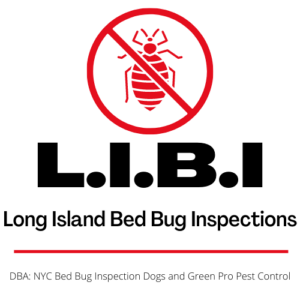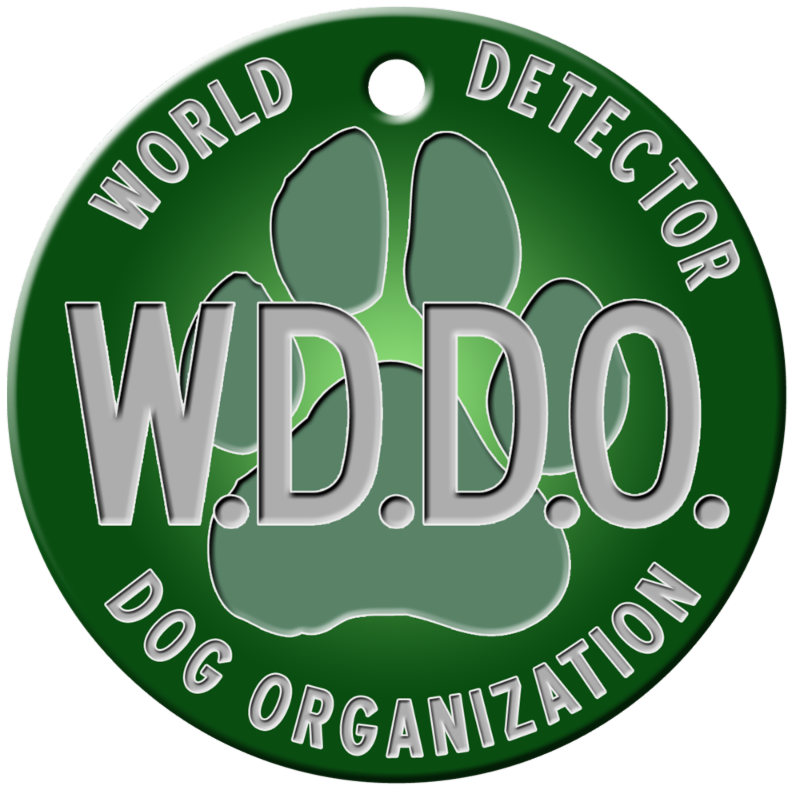The battle against bed bugs has been going on for thousands of years. These blood-sucking pests are one of our oldest and most troublesome enemies. Throughout history we have looked for new and more effective methods of eliminating, or at least controlling, these invasive insects.
One of the latest innovations in the battle against bed bugs is ultraviolet, or UV, light. But before UV light can takes it’s place in our pest control tool kit we need to understand how it impacts bed bug behavior and physiology. UV light appears to have a promising future, but does that future fulfill the hype?
The Effect of UV Light on Bed Bug Behavior
Ultraviolet light influences bed bug behavior in a number of ways. Research has shown that bed bugs are attracted to certain light wavelengths, most particularly UV-A and UV-B. UV-A and UV-B light are not within the visible spectrum, but they both emit powerful radiation. UV-A light and UV-B light have both been connected with the occurrence of skin cancers in humans.
Recent studies have shown that these types of ultraviolet light have a notable impact on bed bug behavior. These wavelengths have been observed disrupting their normal behavior and preventing the insects seek refuge from the light source. It also disrupts the feeding and breeding patterns of exposed bed bugs, making UV light a potential tool for emerging pest control and elimination strategies.
The Physical Effects of UV Light on Bed Bugs
Ultraviolet light does more than simply influence behavior. UV light also exerts direct physiological effects on bed bugs. Recent research has shown that prolonged exposure to UV radiation will damage the DNA of certain insects. This can lead to cell death as well as a disruption in the insect’s reproductive cycle.
Bed bugs do posses some degree of resistance to UV radiation, and ultraviolet light is not an immediate death sentence for these unwanted pests. However, long periods of exposure can prove lethal, particularly to new born bed bugs. Over time UV light can cause a loss of moisture in adult bed bugs, ultimately leading to desiccation and death.
UV Light’s Roll in Bed Bug Control
Ultraviolet light has the potential to provide a toxic-free, environmentally friendly method for bed bug control. UV light traps and portable heathers with UV lamps have been developed for just this purpose.
UV light traps attract bed bugs through the use of specific wavelengths of light and then trap them using adhesive traps. Portable heaters with UV lamps be used to treat infested areas by raising the ambient temperature levels to that are lethal to bed bugs while simultaneously exposing the insects to UV radiation.
Ultraviolet light does show some promise as a method of bed bug control, but there are still some challenges to overcome.
The Limitations of UV Light for Bed Bug Control
While UV light offers some advantages in the battle against bed bugs there are a few challenges that have yet to be overcome. The first problem facing UV light as a control method is the need for direct exposure. UV light cannot penetrate solid surfaces, making it relatively easy for bed bugs to avoid its full effect.
The second most significant challenge is concerns duration and intensity of the ultraviolet light. For UV light to be effective bed bugs must be exposed to its radiation for long periods of time. While UV light is relatively safe for humans and pets there are potential risks associated with prolonged exposure making ultraviolet light problematical as a primary method for bed bug control.
Potential Pitfalls
Finally, UV light is not without its pitfalls. UV light traps may be effective at trapping some bed bugs but they are also likely to attract other insects leading to unintended consequences. Also, the overall effectiveness of UV light is can be hampered by competing light sources reducing its value in eradicating these unwanted pests.
Ultimately, UV light shows some promise as a non-chemical method for managing bed bug infestations. The manner in which ultraviolet radiation impacts bed bug behavior and physiology may one day be lead to better ways to defeat these invasive pests. But for the moment it seems that further research will be needed to fully optimize its efficacy while address the inherent practical challenges.
Published by Scott Palatnik
If you believe you’ve brought bed bugs into your home or office, give us a call, we can help!
Now with 2 locations. On Long Island @ 516-619-6149, or in NYC @ 212-299-9186
We are Long Island Bedbug Inspections.
Your Bedbug Inspection, and Elimination solution.


